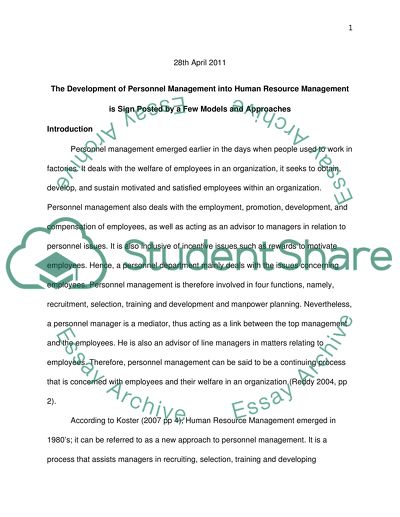Cite this document
(“The development of personnel management into human resource management Essay”, n.d.)
Retrieved from https://studentshare.org/human-resources/1419233-the-development-of-personnel-management-into-human-resource-management
Retrieved from https://studentshare.org/human-resources/1419233-the-development-of-personnel-management-into-human-resource-management
(The Development of Personnel Management into Human Resource Management Essay)
https://studentshare.org/human-resources/1419233-the-development-of-personnel-management-into-human-resource-management.
https://studentshare.org/human-resources/1419233-the-development-of-personnel-management-into-human-resource-management.
“The Development of Personnel Management into Human Resource Management Essay”, n.d. https://studentshare.org/human-resources/1419233-the-development-of-personnel-management-into-human-resource-management.


